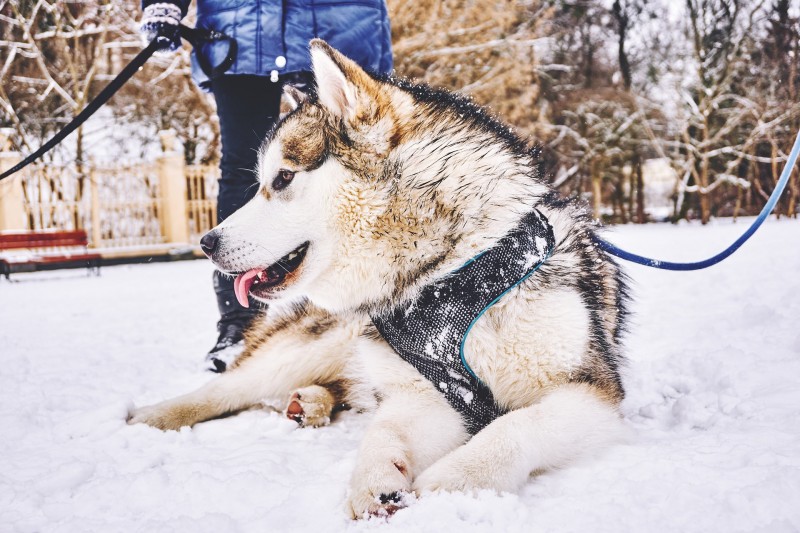Pet Sitters International urges pet owners to take precautions this winter
PSI offers several tips for pet parents to help keep their pets safe when temperatures drop and inclement weather strikes.

As residents across the United States and Canada deal with colder weather and wintry precipitation, pet owners have to consider not only how to keep themselves safe, but their pets as well.
Pet Sitters International (PSI), the world’s leading educational association for professional pet sitters, urges pet owners to use the services of professional pet sitters for their pet-care needs this winter and to discuss winter weather preparations and policies with their pet sitters.
“Professional pet sitters have the knowledge and credentials to provide quality care for pets, regardless of season,” explains Patti J. Moran, PSI president and founder. “However, in many areas the winter brings unique challenges and it’s important that pet owners and their pet sitters are on the same page regarding protocols for pet care when temperatures or outside conditions become dangerous.”
PSI advises pet owners to follow these tips:
Make sure you are aware of your professional pet sitter’s inclement weather plan. While most professional pet sitters offer pet-sitting services year-round in various types of weather, it is important that your professional pet sitter has your emergency contact on file should treacherous conditions or impassable roads prevent the pet sitter from reaching your home. If they can reach your neighborhood, do you have a preferred snow-removal company for them to contact if needed?
Keep pets inside as much as possible. Young, old and short-haired pets are more vulnerable to cold weather and should not be left outside unsupervised. Some pets may require warm clothing if they are going to go outside. Pets should not be kept outside in below-freezing temperatures, as both cats and dogs are susceptible to frostbite and hypothermia. Consult your veterinarian for additional guidance on pet safety in extreme temperatures.
Discuss exercise options with your pet sitter. When temperatures drop, your pet sitter or dog walker may need to shorten your pet’s walk or engage your pet in an alternate activity such as indoor play time. Dr. Tony Johnson, medical director for the Veterinary Information Network, says tolerance to cold varies depending on the dog. “The rule of thumb is ‘if you're cold, your dog is probably freezing,’” Johnson says. “A walk to eliminate and stretch your legs is OK. A 45-minute forced march...not so much.”
Watch out for chemicals. Ice-melting chemicals and salt can irritate and burn the pads of your pet’s paws. Make sure you thoroughly wipe off your pet’s paws upon returning inside. Also, antifreeze is poisonous for pets, so thoroughly clean up any spills and store household chemicals out of paw’s reach.
Discuss emergency veterinary care with your pet sitter. If your pet sitter suspects your pet has frostbite or hypothermia, do you want them to contact your veterinarian immediately, or contact you or your emergency contact first? If you will be out of town, discuss emergency protocols with your pet sitter and provide them with signed authorization to take your pet to the veterinarian in an emergency. Make your veterinarian aware of the arrangement and be sure your pet sitter has up-to-date contact information for your preferred veterinarian.
To learn more about PSI or to find a local PSI member pet sitter in your area, visit www.petsit.com/locate.






